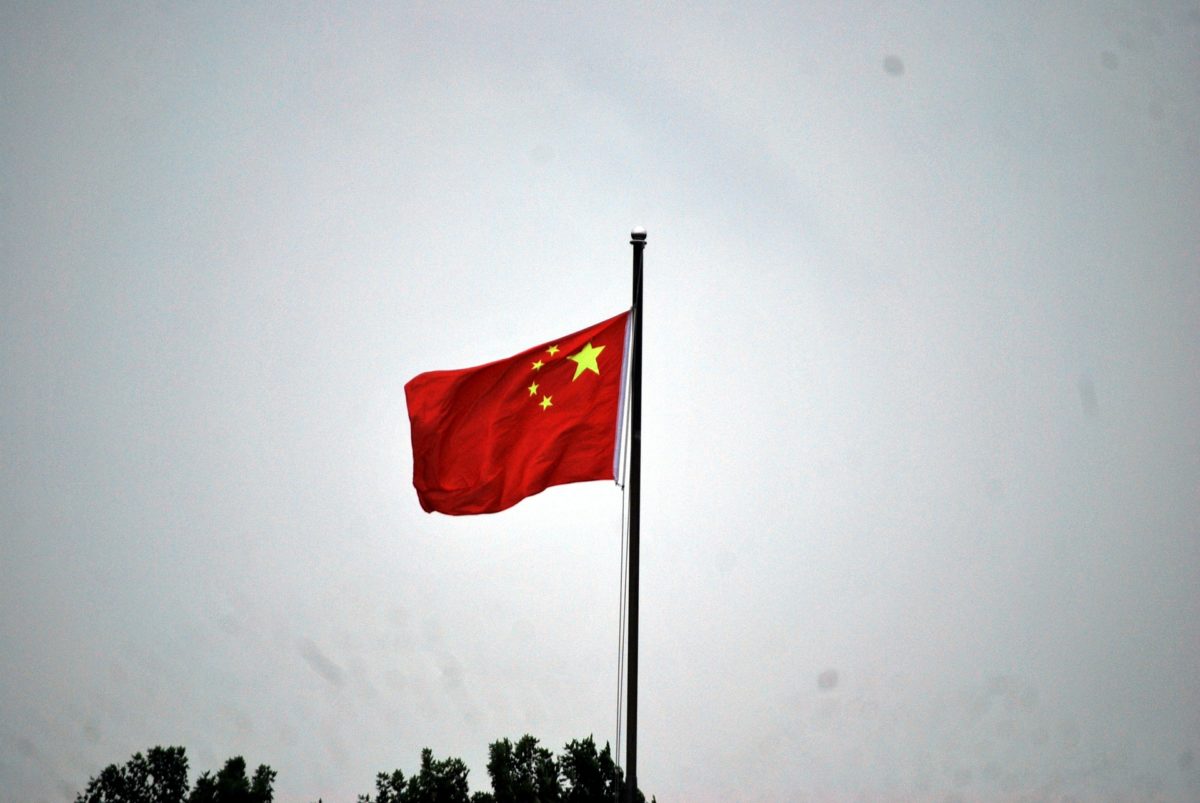The Chinese government is planning to eliminate all feed-in tariffs and subsidies for solar PV, even in the distributed generation segment, starting from 2021.
The announcement was given by Ru Jialin, Senior Researcher at the Public Affairs Department, of China Photovoltaic Industry Association (CPIA), during an online presentation held as part of the launch of SolarPower Europe’s Global Market Outlook 2020-2024 report.
“The business models of solar-plus-storage applications continue to mature”, the CPIA representative said. “The new subsidy-free era of solar energy will start in January 2021 and this year will be the last one with state subsidies.” According to him, the market will prioritize grid-parity projects in the years to come.
According to a CPIA representative, China for this year has allocated RMB 1.5 billion ($211.8 million) for solar incentives, of which RMB 500 million is allocated for residential rooftop PV and RMB 1 billion is for bidding projects, including distributed PV and utility PV projects. Compared with 2019, the subsidy budget was slashed by 50% from RMB 3 billion.
Solid prospects
The trade body has also released its forecasts for the solar growth expected for this and the following five years under two different scenarios.
In what CPIA called the ‘low' scenario, new installations are expected to grow slightly this year from 30.1 GW to 32 GW. Ru Jialin noted that in this scenario, the impacts of Covid-19 will continue to be felt and resumption of installation works will be slow. In the first quarter, China added 3.95 GW of new solar generation capacity, despite the ravages of the ongoing pandemic crisis in the country.
For 2021 and 2022, the Chinese solar market should see more volumes with 40 and 50 GW, respectively. But only by 2023 is solar demand expected to exceed the levels reached in its record year 2017, in which 53 GW were deployed. And then CPIA forecasts that the growth will continue, with approximately 60 GW forecast in 2024 and 65 GW expected for 2025.
Rebound
Under a more favorable outlook, called the ‘high' scenario, newly installed capacity for this year is predicted to reach 45 GW, with a strong rebound expected to begin from the third quarter. “In the fourth quarter we will reach a new high”, the CPIA analyst said. This push should be provided mainly by grid-parity projects and the residential segment.
In 2021, new additions should grow by another 5 GW compared to the prior year, while in 2022 and 2023 new growth would total 60 GW and 70 GW, respectively. As for 2024, the Chinese market should achieve a performance of 75 GW to reach then 80 GW in the following year.
These figures are slightly different from those provided by SolarPower Europe in its guidance. “We estimate Chinese solar demand will reach around 39.3 GW in 2020, 49 GW in 2021, 57.5 GW in 2022 and 64 GW in 2023 and 71 GW in 2024,” that report noted.
This content is protected by copyright and may not be reused. If you want to cooperate with us and would like to reuse some of our content, please contact: editors@pv-magazine.com.




One key feature of a post-subsidy world is that givernments lose their main lever for controlling the oace of solar and wind installations. They have others, like permitting and grid connection, but these are less effective. They may no longer be able to protect fossil incumbents from market-druven substitution.
thank you
Crazy